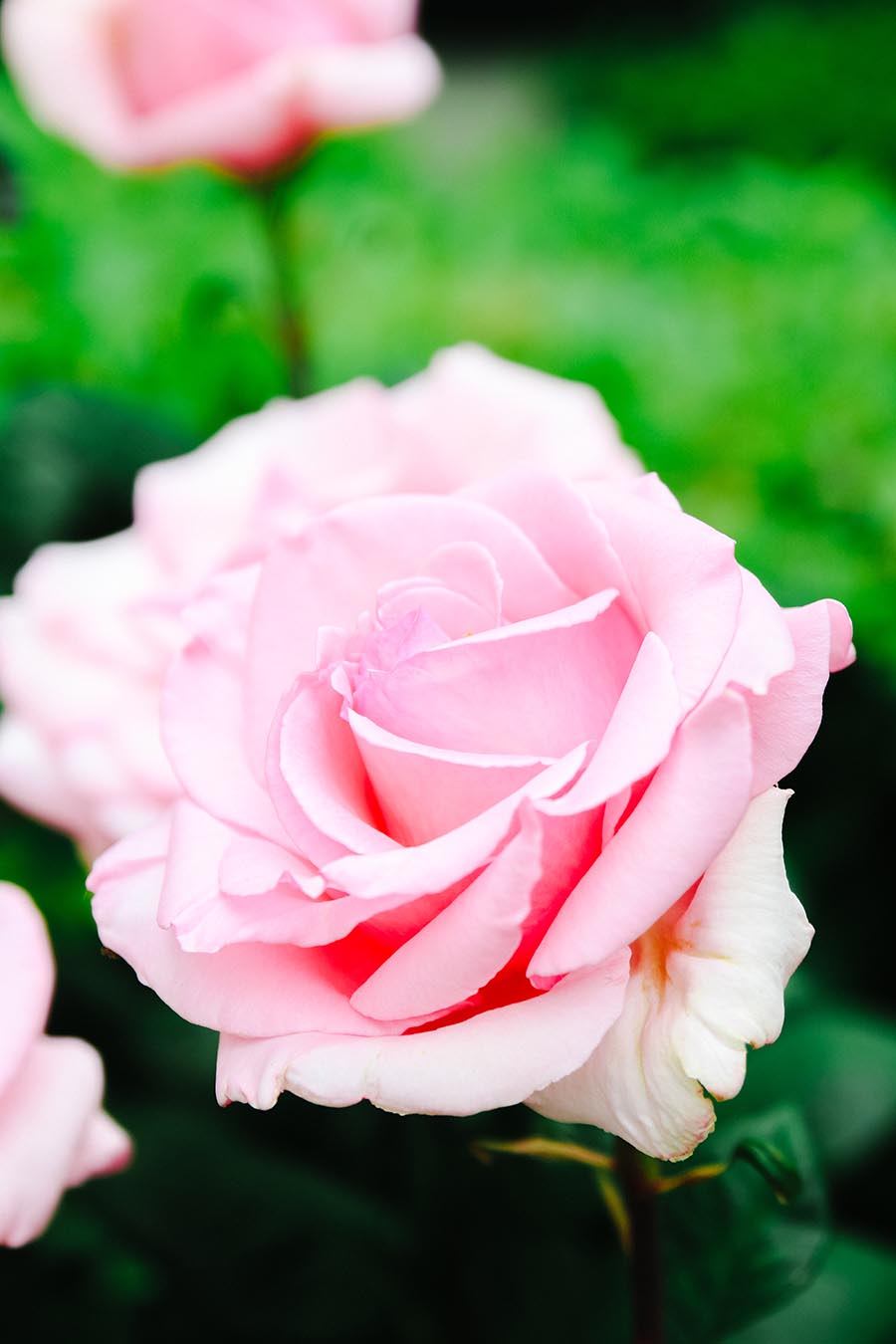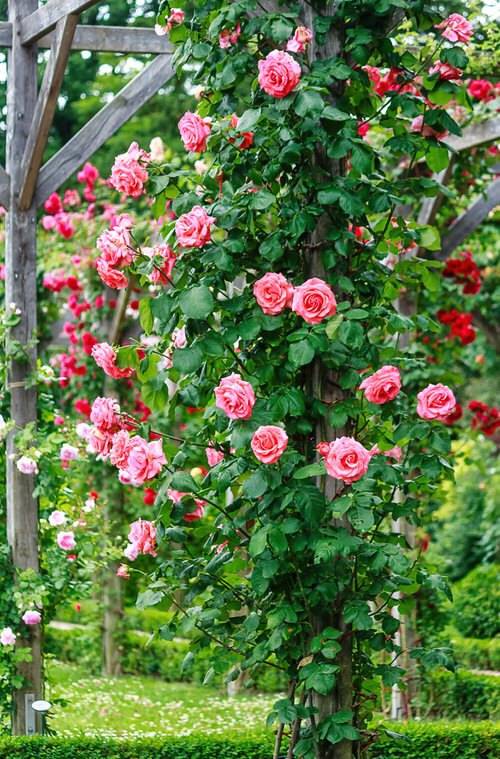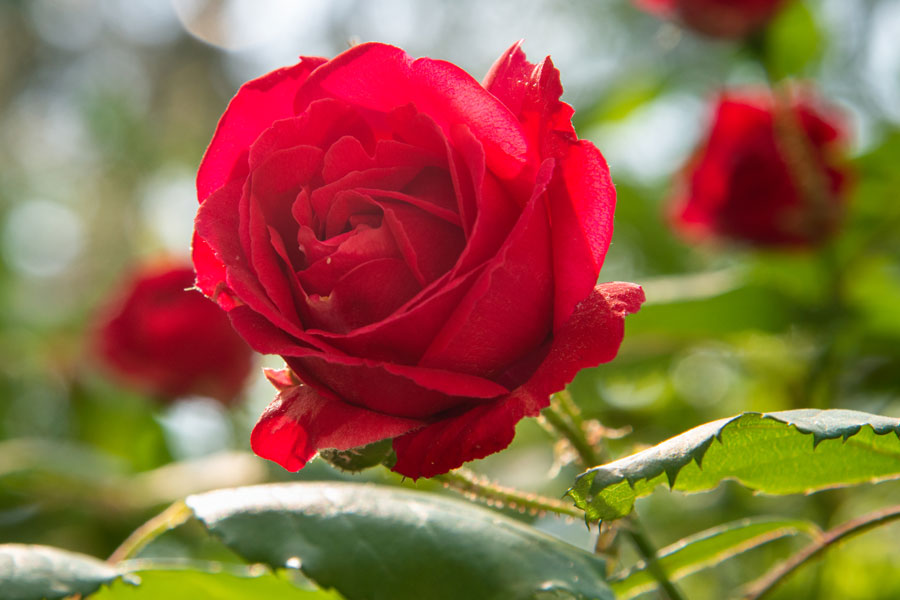What Makes Roses Thrive: Understanding Their Needs
Roses are one of the most popular and iconic flowers in the world, but they require specific conditions to grow and thrive. To answer the question of where do roses grow best, it’s essential to understand the fundamental needs of these beautiful plants. Roses need a combination of the right climate, soil, and sunlight to produce stunning blooms and healthy growth. By providing optimal growing conditions, rose enthusiasts can enjoy a bountiful harvest of fragrant and colorful flowers. In this article, we’ll delve into the ideal conditions for growing roses, exploring the role of climate, soil, and sunlight in their development.
Climate Considerations: Where Roses Grow Best
Roses are adapted to grow in a wide range of climates, but they thrive best in regions with mild winters and warm summers. When it comes to determining where do roses grow best, it’s essential to consider the ideal climate zones for these plants. In general, roses grow well in USDA hardiness zones 5-9, where the average winter temperature ranges from -20°F to 20°F (-29°C to -7°C). However, some rose varieties can tolerate colder or warmer temperatures, making them suitable for growth in zones 3-10. Humidity levels also play a crucial role in rose growth, with most varieties preferring a relative humidity of 40-60%. Regional considerations, such as coastal or mountainous regions, can also impact rose growth and should be taken into account when selecting the ideal location for your rose garden.
The Role of Soil in Rose Growth: How to Choose the Perfect Mix
Soil quality and composition play a vital role in rose growth, and selecting the right mix can make all the difference in achieving blooming success. Roses prefer well-draining soil with a pH between 6.0 and 6.5, which allows for optimal nutrient uptake. A mix rich in organic matter, such as compost or humus, can help retain moisture, suppress diseases, and support beneficial microorganisms. When it comes to nutrient requirements, roses are heavy feeders and benefit from regular fertilization. A balanced fertilizer with a ratio of 10-10-10 (nitrogen-phosphorus-potassium) can provide the necessary nutrients for healthy growth and blooming. Additionally, soil structure and drainage are crucial considerations, as roses are susceptible to root rot in waterlogged conditions. By choosing a well-draining mix and providing the right nutrients, rose enthusiasts can create an ideal environment for their plants to thrive.
How to Provide the Right Amount of Sunlight for Your Roses
Roses require adequate sunlight to produce an abundance of blooms, but the ideal amount of sunlight can vary depending on the location and climate. In general, roses need at least six hours of direct sunlight per day, but some varieties can tolerate partial shade. When determining the right amount of sunlight for your roses, consider factors such as latitude, altitude, and surrounding vegetation. In regions with intense sunlight, such as near the equator, roses may require more shade to prevent scorching. Conversely, in regions with limited sunlight, such as in northern latitudes, roses may require more direct sunlight to thrive. Additionally, consider the time of day when sunlight is most intense, as roses typically benefit from morning sun and dappled afternoon shade. By understanding the specific sunlight requirements for your roses, you can create an ideal environment for blooming success.
Regional Rose Growing: Best Practices for Different Parts of the World
Roses can be grown in various regions around the world, but the specific growing conditions and requirements vary greatly depending on the location. In regions with mild winters and hot summers, such as the Mediterranean, roses thrive in well-draining soil and full sun. In contrast, roses grown in cooler climates, such as in Northern Europe, require more protection from frost and wind. In areas with high humidity, such as in tropical regions, roses are more susceptible to diseases and require more frequent pruning. Understanding the regional specificities is crucial to growing roses successfully. For example, in the United States, roses grow best in USDA hardiness zones 5-9, where the temperature ranges from -20°F to 30°F (-29°C to -1°C). In Australia, roses thrive in the southeastern regions, where the climate is mild and temperate. By understanding the regional considerations, rose enthusiasts can tailor their growing strategies to the specific needs of their location, ensuring blooming success. Whether you’re growing roses in the Americas, Europe, Asia, or Africa, knowing where roses grow best in your region is key to achieving optimal results.
Microclimates and Rose Growth: How to Create an Ideal Environment
While understanding the broader climate and regional considerations is essential, creating an ideal microclimate can make all the difference in rose growth. A microclimate refers to the specific conditions within a small, localized area, such as a garden or even a single rose bed. By manipulating these conditions, rose enthusiasts can create an optimal environment for their roses to thrive. One key factor in microclimate creation is wind protection. Roses are sensitive to strong winds, which can cause damage and reduce blooming. Strategically placing windbreaks, such as shrubs or trellises, can help mitigate this issue. Air circulation is another critical aspect of microclimate management. Good air circulation helps prevent disease and promotes healthy growth. This can be achieved by providing adequate spacing between plants and incorporating features like pathways and open areas. Soil temperature is also a crucial consideration, as roses prefer soil temperatures between 60°F and 70°F (15°C and 21°C). Mulching and using organic matter can help regulate soil temperature and create a more ideal microclimate. By understanding and manipulating these microclimate factors, rose enthusiasts can create an ideal environment for their roses, even in challenging climates, and unlock the secrets of where roses grow best.
Rose Gardening in Challenging Environments: Overcoming Common Obstacles
While ideal conditions are essential for rose growth, many rose enthusiasts face challenges in their gardens. Poor soil, extreme temperatures, and limited sunlight can all hinder rose growth and blooming. However, with the right strategies, it’s possible to overcome these obstacles and still achieve success. In areas with poor soil, incorporating organic matter and fertilizers can help improve soil quality and structure. In regions with extreme temperatures, providing shade or using thermal blankets can help regulate soil temperature and protect roses from damage. In areas with limited sunlight, choosing rose varieties that tolerate shade or using mirrors to reflect light can help provide the necessary light for growth. Additionally, using containers or raised beds can help improve drainage and soil quality, making it possible to grow roses in areas with poor soil. By understanding the specific challenges in their garden and implementing creative solutions, rose enthusiasts can still achieve blooming success, even in areas where roses don’t typically grow best. With a little creativity and perseverance, it’s possible to create an ideal environment for roses, even in the most challenging conditions.
Conclusion: Putting it All Together for Blooming Success
In conclusion, growing roses in ideal conditions requires a deep understanding of their needs and preferences. By providing the right climate, soil, and sunlight, rose enthusiasts can create an environment that fosters healthy growth and blooming success. Whether in ideal or challenging environments, understanding the importance of microclimates, regional considerations, and creative solutions can help overcome obstacles and achieve success. Remember, where do roses grow best? In areas with optimal temperatures, humidity, and sunlight, as well as well-draining soil and protection from extreme weather conditions. By incorporating these key takeaways into their gardening practices, rose enthusiasts can unlock the secrets of rose gardening and enjoy a bounty of beautiful blooms. With patience, persistence, and a willingness to learn, anyone can grow roses that thrive and flourish, regardless of where they live or the challenges they face.








